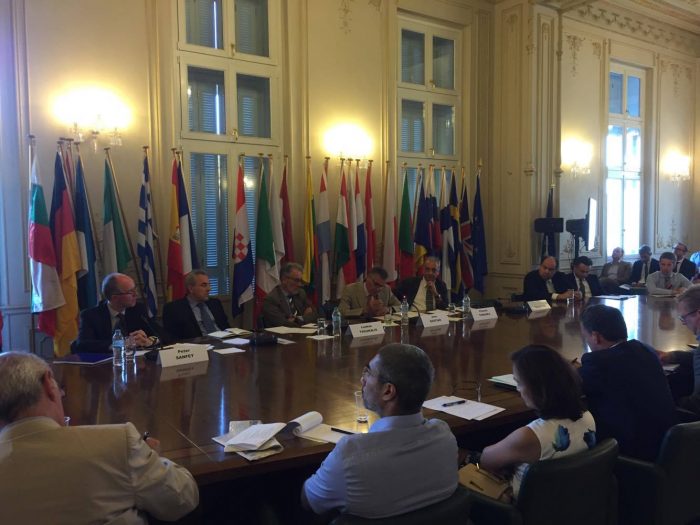President XI Jinping’s “Belt and Road Initiative (BRI), launched in 2013, seeks to expand and secure maritime routes, road networks, railway and bridge infrastructure projects for China from Asia across Africa to the Middle East and Europe. The Chinese blueprint includes a mosaic of infrastructure investments, trade agreements, energy cooperation and establishing a financial footprint through extensive lending arrangements. The Balkan Silk Road initiative connects Beijing with Athens and establishes further infrastructure links with Belgrade, Sarajevo, Skopje, Budapest, Tirana, Podgorica, etc.
Seen from a southeast European perspective, the BRI has major repercussions in countries as diverse as Greece, Serbia, FYR Macedonia and Bosnia and Herzegovina. Port infrastructure, highway projects, high-speed railway links and thermal power plant renovation form the constituent elements of the BRI in southeast Europe.
The report – written by the independent economic analyst Dr. Jens Bastian – was commissioned by the EBRD in London. It was presented and subsequently made available as a public document on Thursday, 14. September 2017. On the invitation of the South-East Europe” and the “Asian Studies” Programmes of ELIAMEP, Dr. Jens Bastian presented the report at the Office of the European Parliament in Athens.
Prof. Loukas Tsoukalis, President of ELIAMEP, chaired the event.
Dr. Peter Sanfey, Deputy Director for Country Economics and Policy at the EBRD made introductory remarks.
Dr. Plamen Tonchev, Head of Asia Unit at the Institute of International Economic Relations (IIER), Athens served as a discussant to Dr. Bastian’s report



